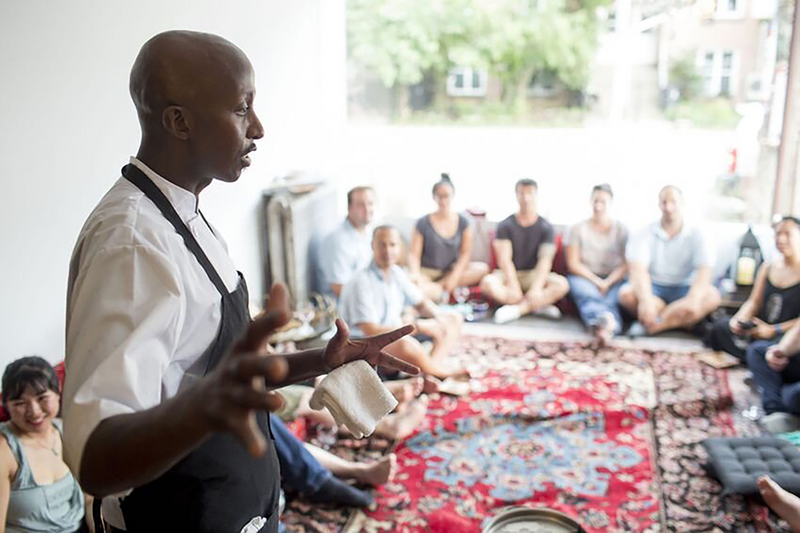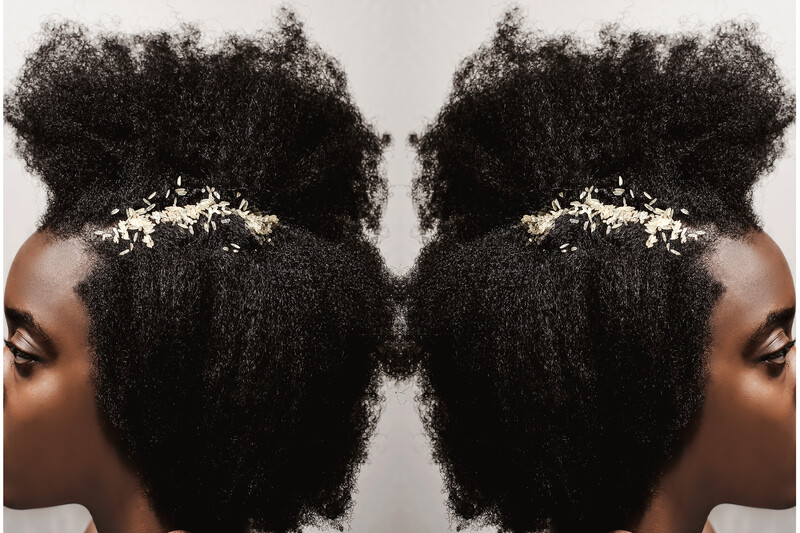
Inyang Essien’s photographic series Our Rice (2020) is the first in a sequence of image sets that comprise the exhibition Overseeding: Botany, Cultural Knowledge and Attribution (May 1 - September 2, 2024). Overseeding is the practice of spreading grass seed for the recolonization of lawns, land that would have had its own botanical communities. Turning the settler practice back on itself, the exhibition seeds over monocultural understandings of the origins of agricultural, botanical and herbal knowledge, returning pre-imperial ideas and diverse authors to the space. Commencing the exhibition, Essien’s images visualize a pivotal moment in Black history and in the relationship between rice and the African people that have had an enduring co-existence with the grain. Rice, already cultivated by some African communities for millennia before European arrival, carries the DNA formed from being nourished by ancestral lands, relations that refused to be severed by the trans-Atlantic slave trade.
On an otherwise brutal oceanic journey, trafficking kidnapped African people to the Americas, rice was a passenger secreted aboard, ornately wrapped for secure transport, kept nestled in the soft warmth of women’s crowns. Our Rice brings into view the strategy developed by African women, deftly braiding rice and other grains and seeds into their hair to prepare for enslavement. The women’s act of agency provided a way to sustain their bodies and, despite the distance wedged between them and their homelands, hold the cultural foodways that arose there.
Plantation owners would have encountered rice when surveilling the areas that the enslaved were relegated to, land with growing and living conditions that were considered poor and unprofitable. There, the enslaved kept subsistence gardens where rice and other foods that have been subsumed under the homogeneous term “Southern cuisine” were skillfully grown to supplement meagre rations. Seeing rice brought to its potential in these gardens, enslavers coveted it for the plantation economy. Indebted to the forced labour and expertise of enslaved African people, rice became the most lucrative crop in the Carolinas (USA) by the 1720s, with continuing success until the early 1860s.
Farming rice was laborious and complicated, its success dependent on the kind of wisdom that develops from persevering relationships between people and plants, shaping each other’s evolution. When rice became a profitable plantation crop, the demand for kidnapped Africans from the Rice Coast—the traditional rice-growing region of West Africa, stretching from Senegal down to Sierra Leone and Liberia—intensified.
The story of African rice in the Americas and the kinship between African women and the grain would not end in the grip of colonial capitalism. During uprisings of the enslaved, Maroon women who were among the self-liberated Africans who fled to the remote mountains or the dense overgrown tropical terrains in the West Indian colonies, once again effectively braided rice into their hair towards securing their futures. As the artist describes it “The secret held by their hair was powerful enough to determine life or death.”
In the colonial history of botany, the contributions of women are diminished and the contributions of Black women, all but erased. Inyang Essien positions the women centrally in her photographs. They are incontestable. The survivance1 of Maroon communities today is a direct benefit of the women’s braiding strategies. In turn, some of the women continue to be known through the cultivation of rice varieties that carry their names, honouring how they carried seeds to freedom and ensured the preservation of lives, agricultural diversity, culture and histories: Sééi, Yaya and Paánza, Tjowa of the Matawai, Sapali, Ana and Bapi of the Aucans.
—Su-Ying Lee
Press
For more about this series, check out this UTM news article featuring a discussion between art writer Chris Hampton, the artist, and the curator.
Our Rice
Curator: Su-Ying Lee
Part of Overseeding: Botany, Cultural Knowledge, and Attribution, a three-part lightbox exhibition on UTM campus.
Image Set
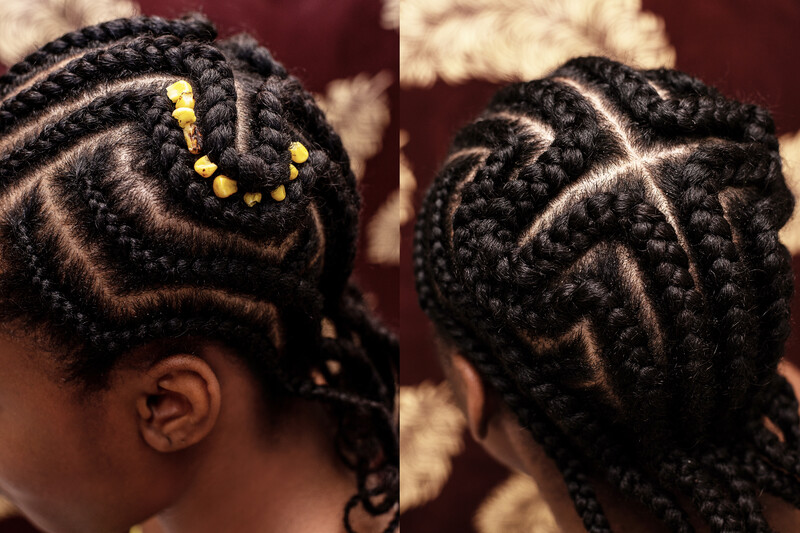


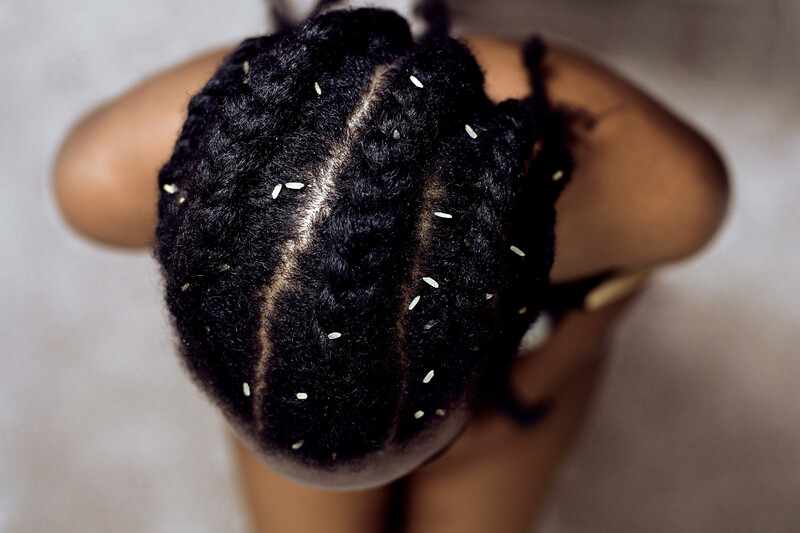
Installation Views
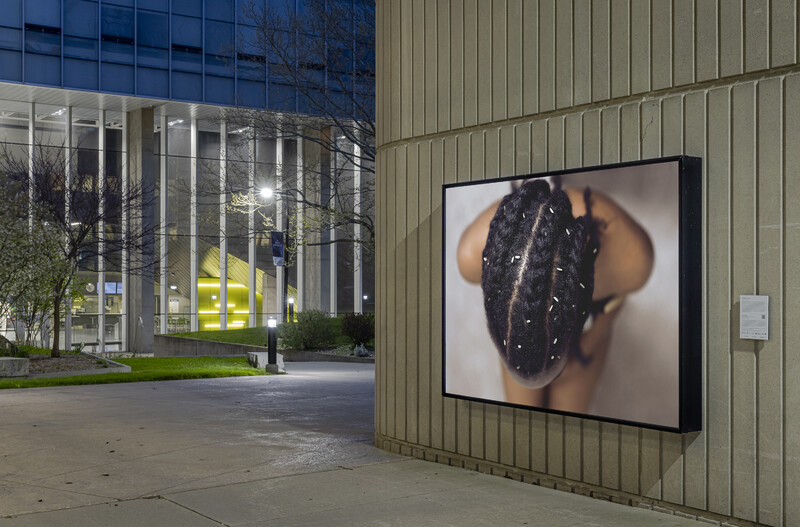


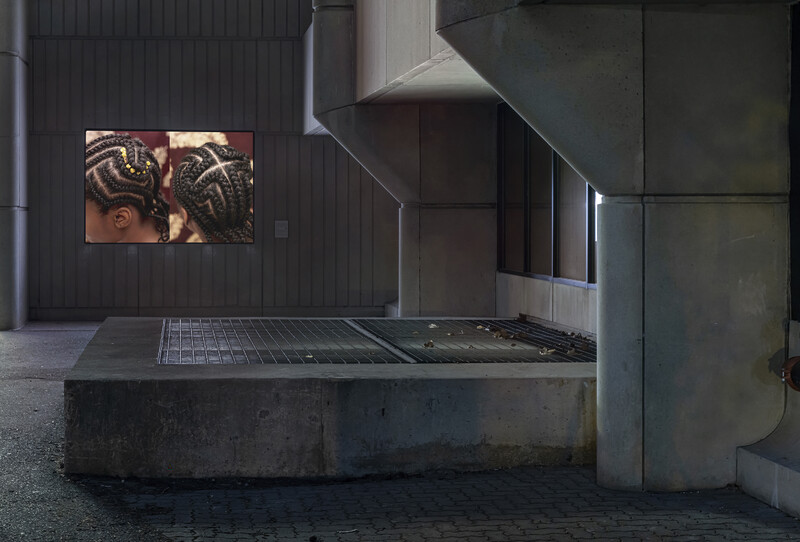
- Artist
- Inyang Essien
- Curator
- Su-Ying Lee

Proudly sponsored by U of T affinity partners. Discover the benefits of affinity products!


The Blackwood
University of Toronto Mississauga
3359 Mississauga Road
Mississauga, ON L5L 1C6
[email protected]
(905) 828-3789
The galleries are open. Hours of operation: Monday–Saturday, 12–5pm.
Holiday hours: regular gallery hours are in effect until and including Saturday, December 6. The galleries will then be closed for the holidays, except for regular hours on Saturday, December 13. In 2026, the galleries reopen Monday, January 5.
Facebook | Twitter | Instagram
Sign up to receive our newsletter.
The Blackwood is situated on the Territory of the Mississaugas of the Credit, Seneca, and Huron-Wendat.
